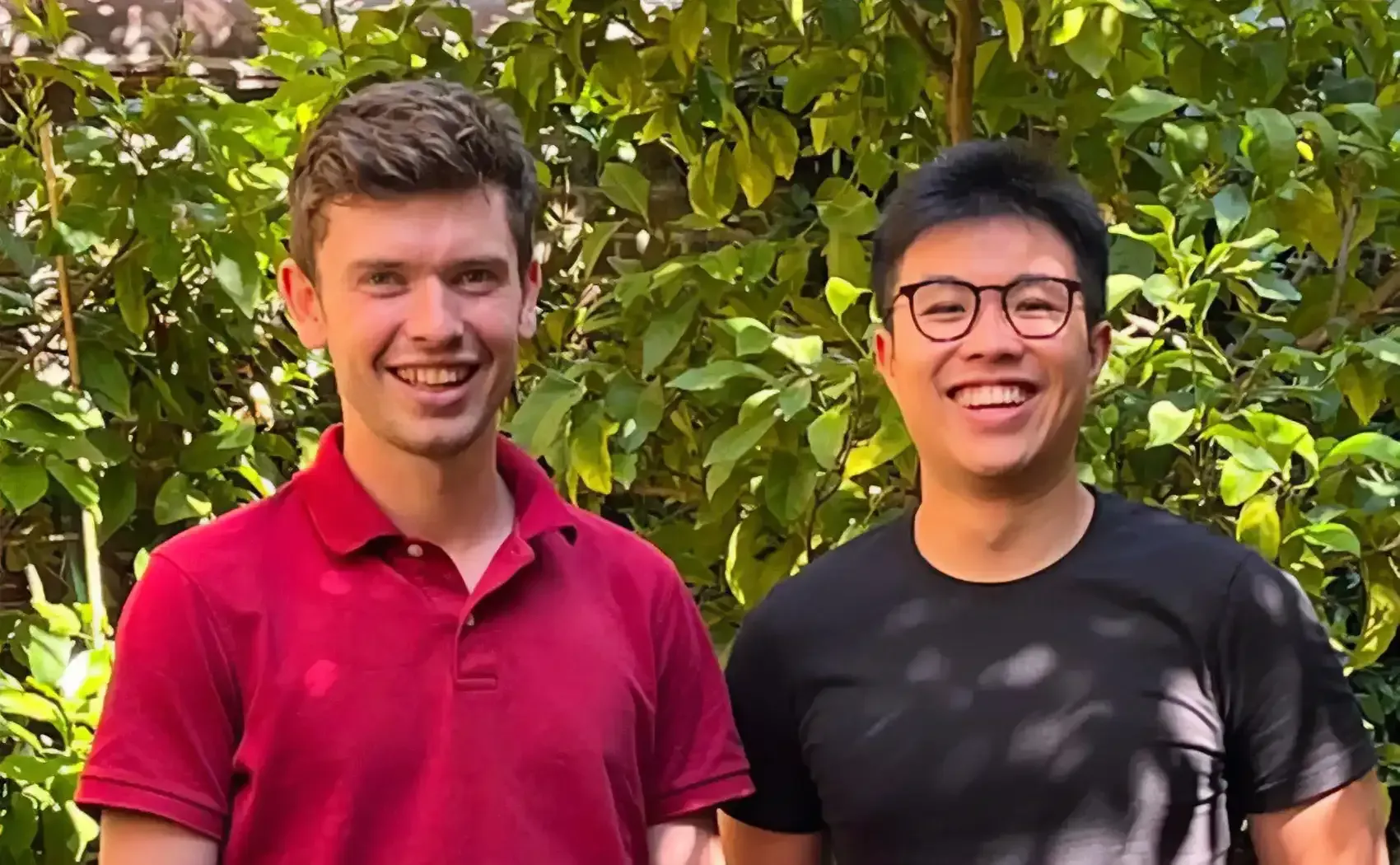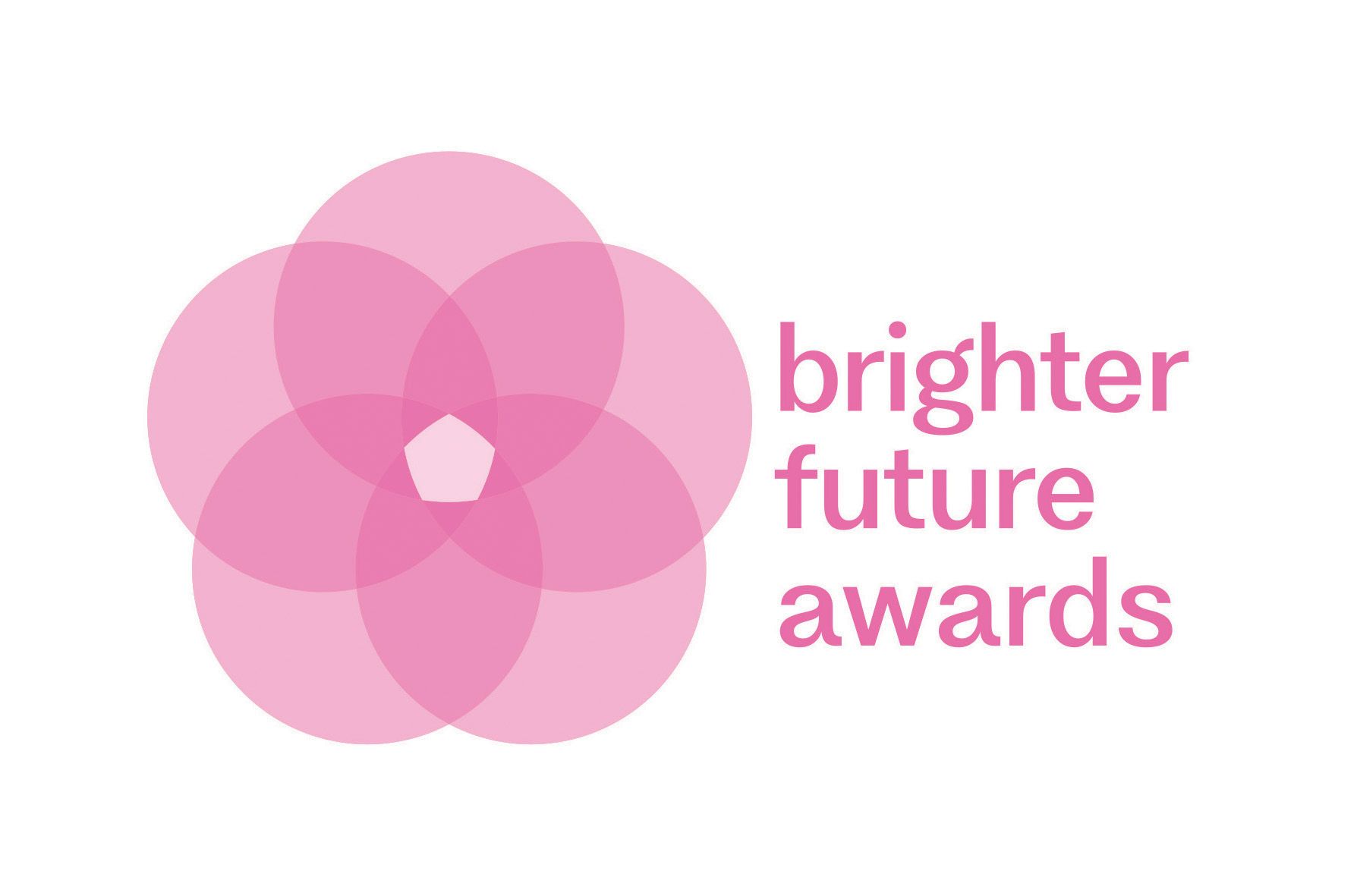A (not so) radical approach to tackling homelessness
Liam Turner from CIH in the UK talks with Greater Change co-founder and CEO Jonathan Tan about why their unusual model of giving cash grants to people facing homelessness not only makes sense but is also highly effective.
£250 to help a man who used to sleep on the streets buy essential furnishings for his new home. £1,040 to help a formerly homeless woman pay a deposit on a flat as she starts her new job. £500 to help a newly unemployed man clear his arrears so he can focus on his studies and getting back into employment.
These are the stories of people who have been helped by Greater Change, an Oxford-based social enterprise working with charitable partners across England to provide tailored financial support to people at risk of homelessness. It was set up by co-founders Alex McCallion and Jonathan Tan following a pilot incubated by Oxford University in 2018, and has to date supported more than 1,300 people with an average of £1,319 each.
The model is radically simple–and unusually unique. Here’s how it works.
Once a client, typically one living in temporary accommodation, approaches one of Greater Change’s partner charities, a support worker makes an assessment and writes a referral to Greater Change outlining the support they need. Once accepted, Greater Change launches a bespoke campaign on its website to raise the funding needed (unless the client can’t be identified due to safety reasons, in which case the funding is raised in other ways). This money is then sent to the support worker, who buys the items for the client or makes the arrangements for things like rent deposits.

"Instead of having a difficult-to-implement foreign aid programme, you can simply give people cash."
The system has been extraordinarily successful, as CEO and co-founder Jonathan Tan attests. "It [is] really effective...because instead of having a difficult-to-implement foreign aid programme, you can simply give people cash,” he explains. “And actually, that's way cheaper to do.”
But it’s not enough to just give people money and point to how many have been supported. You also need to show that the model is working, that those receiving support are able to sustain tenancies, jobs, and ultimately live healthy, productive lives outside the shadow of homelessness.
Greater Change’s latest impact report shows it has been able to do that. In 2023, 86 per cent of Greater Change clients have been housed in permanent or sustained stable accommodation, with nearly 50 % securing gainful employment. What’s more, the report states that an average of £35,177 in cost-savings have been made per person, saving a total of £47.3 million for local and central governments.
The model is clearly effective. So why isn’t it more widespread?
Not so radical?
Although the Greater Change model of personalised budgets isn’t new, especially in the international development space, it’s still something of a novelty in the UK. There have been trials, such as in Devon in 2005 and in the City of London in 2012, which produced some promising results, but none have ever developed into anything more substantial.
The result of these small, start-stop studies and trials, Jonathan says, is that the model is “unfortunately still quite radical”.
“It's been tried on a very small scale prior to us,” he explains. “We kind of took that and decided to run with it. So, there is certainly this whole standing-on-the-shoulders-of-giants thing... but doing it at the scale that we're at, where we’re supporting thousands of people, that's quite new.”
"You don't see people making their addictions worse when they receive cash transfers."
Part of it is down to the perception that homeless people aren’t good with budgeting their money, or that they’ll will blow any money given to them on temptation goods such as booze and drugs. However, there’s a growing body of evidence that shows that’s not necessarily the case.
“I believe quite strongly in the evidence that that doesn't happen,” Jonathan says. “You don't see people making their addictions worse when they receive cash transfers.”
He adds: “Giving people agency and choice — that's a good thing. But if you look at how a lot of the systems are designed, they don't give people agency and choice, and there's very little trust in general.”
To be clear, the Greater Change model doesn’t involve giving direct cash transfers to clients. Instead, the support worker is responsible for allocating the money that’s been raised.
However, Jonathan says this isn’t because of a lack of trust. Rather, it’s because of a fear that it might affect their benefits. He explains that dropping a large sum of money into their bank account might trigger sanctions on their benefits, an outcome that would set them back on their efforts to escape the threat of homelessness.
“The important thing is that people still get the dignity of choice,” Jonathan says. “They still get to choose what they want to spend the money on. But in terms of financial admin, it doesn't flow directly through them. At least not most of the time.”
Scaling up
Greater Change’s success can be partly put down to how it has been able to forge partnerships and to get people on board with its approach. Its list of partners is vast and ever-growing and includes housing associations such as Peabody, local authorities such as Oxford City Council, and homelessness charities such as Shelter.
But what Jonathan and the rest of the Greater Change team want to do now is to grow and connect with even more partners. Not just in the south-east, where it has built up the majority of its partnerships so far, but in all areas of England and the UK.
“We have philanthropic funding that we need to deploy right now,” Jonathan explains. “Our doors are open, and we're always very happy to speak to anyone. We don't have any particular geographic restriction.”
“We're just trying to talk to as many people as we can,” he adds. “Which is a very fortunate position to be in.”
Jonathan explains that Greater Change is able to fully match any funding a local authority partner puts into launching a personalised budgets programme in their local area. “So, if they put £50,000 into the programme or £100,000, we would match that with our philanthropic funding.”
By connecting with more housing associations (which can act as referral partners, for example), local authorities, charities and other organisations, and by generating more funding, Greater Change hopes to have supported 40,000 people by 2033. Will it succeed?
"We are not here to just help as many people as we can. We definitely want to do that, but we know that the real goal here is policy change."
“It depends a lot on how successful we are in our fundraising and how we work when developing new local authority partnerships in the coming years as well,” Jonathan says. “I'm hopeful that we will go well beyond that in the next 10 years.”
However, the end goal of Greater Change is not to provide financial support to as many people as possible. While that might be the current focus, in the long term, Jonathan and co-founder Alex McCallion hope to help effect a change in homelessness policy that will see the end of homelessness in the UK for good.
And it’s hard to argue, especially as the numbers of people facing hardship and homelessness continue to rise. In England alone, the latest official statistics shows that more than 350,000 households contacted their local authority for support after being threatened with homelessness or losing their home in 2023/24 — more than 320,000 of which were assessed as being homeless.
There are also more than 120,000 households currently living in temporary accommodation, with the number of children living in temporary accommodation approaching 160,000. The cost to councils is more than £2.2 billion a year.
“We are not here to just help as many people as we can,” Jonathan explains. “We definitely want to do that, but we know that the real goal here is policy change."
The mission at hand
Until then, Jonathan and the growing Greater Change team are committed to working resolutely to support those at risk of homelessness and in need of financial support.
People like prison-leaver Kealan, who needs £1,350 to cover the deposit and first month’s rent of his new accommodation. People like former rough-sleeper Adam, who needs £480 to buy essential furnishings for his new accommodation. And people like new mother Sanaa, who at the time of writing is just six per cent away from her goal of raising £1,260 to buy essentials for her new flat.
It is their struggle that Greater Change strives to remedy, one donation at a time.
How the Greater Change model works
- Partner charities refer an individual in need of support to Greater Change
- Greater Change works with the partner to agree on the support the individual needs and how that support will be funded
- The funding target is reached, and the monies are released to the charity partner, who then allocates the funding
- Greater Change measures the impact six to 12 months on.
Other articles you may like

We acknowledge the Wathaurong, Yuin, Gulidjan, and Whadjuk people as the traditional owners of the land where our team work flexibly from their homes and office spaces. Ahi Australia recognises Aboriginal and Torres Strait Islander peoples as the first inhabitants of Australia and the traditional custodians of the lands where we live, learn and work. Ahi New Zealand acknowledges Māori as tangata whenua and Treaty of Waitangi partners in Aotearoa New Zealand.
Copyright © 2023 Australasian Housing Institute
site by mulcahymarketing.com.au





